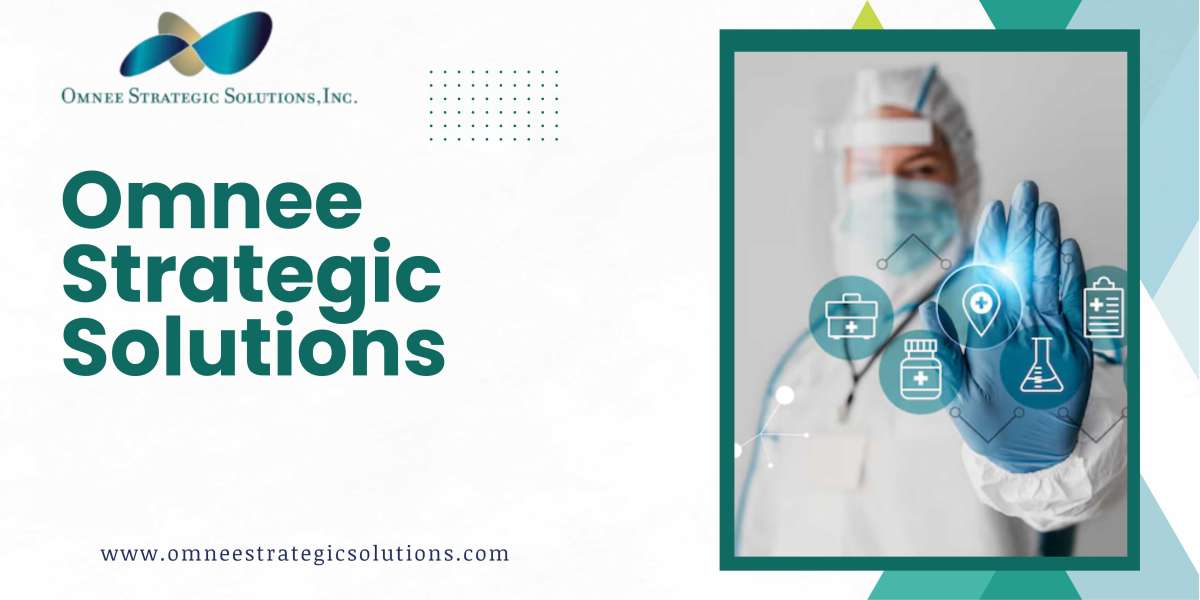Navigating the world of medical device regulations is a daunting task for many manufacturers. Medical Device Regulatory Affairs encompasses the processes and activities involved in ensuring that medical devices meet the necessary regulatory requirements to be marketed and sold in various regions around the world. Regulatory affairs professionals play a vital role in guiding companies through the complex landscape of regulations, submissions, and compliance, helping them bring their products to market successfully.
Understanding Regulatory Affairs in Medical Devices
Regulatory affairs encompass a range of activities designed to ensure that medical devices comply with applicable laws and regulations. This involves:
- Pre-Market Activities: Before a medical device can be marketed, manufacturers must demonstrate compliance with regulatory requirements through various submissions and approvals. This includes preparing and submitting 510(k) applications, PMA applications, and CE marking documentation.
- Post-Market Surveillance: Once a device is on the market, ongoing monitoring is necessary to ensure continued compliance. This includes adverse event reporting, maintaining quality management systems, and conducting post-market studies.
- Interactions with Regulatory Authorities: Regulatory affairs professionals serve as a liaison between the manufacturer and regulatory agencies. They help facilitate communication, respond to inquiries, and address any issues that may arise during the review process.
The Role of Regulatory Affairs Professionals
Regulatory affairs professionals bring specialized knowledge and expertise to the table. Their responsibilities often include:
- Preparing Submissions: Regulatory affairs specialists are responsible for preparing and submitting documentation required for regulatory approvals. This includes compiling technical files, clinical data, and risk assessments to support regulatory submissions.
- Strategizing for Compliance: Developing a regulatory strategy is essential for navigating the complex landscape of medical device regulations. Regulatory affairs professionals analyze the regulatory environment to determine the best pathway for bringing a device to market.
- Staying Informed: Regulatory affairs specialists must stay updated on changes to regulations, guidelines, and industry standards. This includes monitoring new guidance from regulatory agencies, attending industry conferences, and participating in professional organizations.
- Training and Education: Regulatory affairs professionals often provide training to internal teams on regulatory requirements and compliance. This helps ensure that everyone within the organization understands their role in maintaining compliance.
Regulatory Pathways for Medical Devices
Understanding the various regulatory pathways is crucial for successful product approval. Key pathways include:
- 510(k) Submission: This is the most common pathway for Class II devices. A 510(k) submission requires manufacturers to demonstrate that their device is substantially equivalent to a legally marketed device. Regulatory affairs professionals play a critical role in preparing the necessary documentation and clinical data to support the submission.
- Premarket Approval (PMA): For Class III devices, manufacturers must undergo the PMA process, which requires rigorous clinical testing and comprehensive documentation. Regulatory affairs specialists help manage the PMA process, ensuring that all data is accurately presented to regulatory agencies.
- De Novo Classification: This pathway is available for low- to moderate-risk devices without a predicate device. Regulatory affairs professionals guide manufacturers through the De Novo process, including preparing the necessary documentation.
- CE Marking: For medical devices marketed in the European Union, obtaining CE marking is essential. Regulatory affairs specialists help manufacturers navigate the requirements for CE marking, including compliance with EU Medical Device Regulation (MDR).
The Importance of Quality Management Systems (QMS)
A robust Medical Device Quality Management System (QMS) is integral to regulatory compliance. The QMS must align with applicable standards such as ISO 13485, ensuring that processes are in place to maintain product quality and safety.
- Document Control: Effective document control is essential for maintaining compliance. Regulatory affairs professionals work closely with quality teams to ensure that all documents, including design specifications and quality manuals, are properly controlled and accessible.
- Internal Audits: Regular internal audits help identify areas for improvement and ensure that the QMS is functioning effectively. Regulatory affairs specialists often participate in audits, providing insights on regulatory compliance and identifying potential gaps.
- Corrective and Preventive Actions (CAPA): Implementing CAPA processes is crucial for addressing nonconformities and preventing future occurrences. Regulatory affairs professionals collaborate with quality teams to ensure that CAPA processes are effectively executed and documented.
Challenges in Medical Device Regulatory Affairs
The landscape of Medical Device Regulatory Affairs is constantly evolving, presenting challenges for manufacturers. Key challenges include:
- Complex Regulations: The complexity of regulations can create confusion for manufacturers, especially those entering new markets. Understanding the nuances of different regulatory requirements is critical for compliance.
- Evolving Standards: Regulatory standards are continuously updated to reflect advancements in technology and changes in the healthcare landscape. Staying informed about these changes is essential for maintaining compliance.
- Resource Limitations: Smaller manufacturers may struggle to allocate the necessary resources for regulatory affairs activities. This can lead to delays in product development and market access.
Best Practices for Effective Regulatory Affairs
To navigate the challenges of Medical Device Regulatory Affairs, manufacturers can adopt several best practices:
- Develop a Regulatory Strategy: A well-defined regulatory strategy can guide manufacturers through the complexities of compliance. This strategy should outline the regulatory pathways, timelines, and required documentation.
- Engage Early with Regulatory Authorities: Early communication with regulatory agencies can help clarify requirements and expectations. Regulatory affairs professionals can facilitate pre-submission meetings to address potential issues before they arise.
- Invest in Training: Providing ongoing training for regulatory affairs personnel ensures that they are equipped with the knowledge and skills necessary to navigate the regulatory landscape effectively.
- Utilize Technology: Leveraging technology can streamline regulatory processes and improve efficiency. Regulatory affairs software can assist in managing documentation, tracking submissions, and ensuring compliance.
Conclusion
Medical Device Regulatory Affairs is a critical function that plays a vital role in ensuring compliance and facilitating market access for medical devices. By understanding regulatory requirements, developing effective strategies, and maintaining robust quality management systems, manufacturers can navigate the complexities of the regulatory landscape successfully. Investing in regulatory affairs expertise not only enhances compliance but also contributes to the overall success and sustainability of medical device companies in a competitive marketplace.








